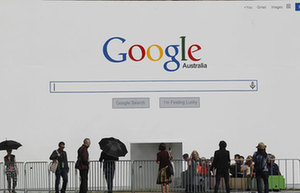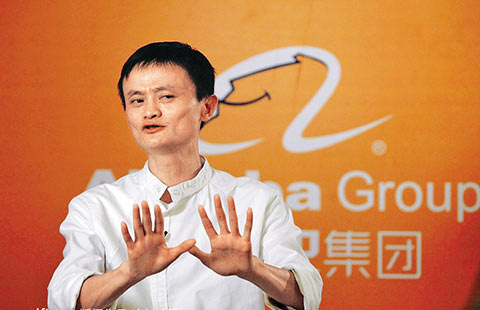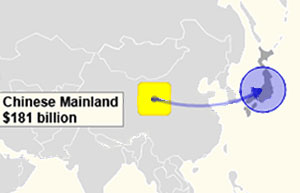China needs a culture of creative innovation
By Timothy Beardson (China Daily) Updated: 2014-06-30 07:02Here are several tools by which we can measure the level of innovation in a country. In China there is often a focus on numbers of patents, university graduates and scientific papers.
The authorities have set quantitative targets for patents as a measure of innovation, and the number granted has subsequently increased. However, a recent European Chamber of Commerce in China paper has shown that the number of invention patents, which represent innovative advances, is substantially lower than the number of utility patents, which represent incremental adjustments. Moreover, there are a worrying number of malicious patent grants that appear to be aimed at litigation gains. There is also a higher proportion of foreign to domestic patent filings than elsewhere.
Subsidizing domestic entities to file patents does not encourage quality but quantity. China's emphasis on patent quantity targets can have the effect of undermining the development of patent culture. Five year plans and numerical targets can damage the flowering of innovation in society.
Official attention has turned to scientific papers. It is felt that China must produce more research papers. The difficulty here yet again is that this policy encourages the publication of lower quality work. In 2012, China produced the world's second largest number of research papers, but 18 of the world's top 20 paper-publishing countries had their papers more frequently cited than China's.
China is now the largest car market in the world. We might expect this to allow domestic industry to demonstrate a gathering innovation. However, domestic brand passenger cars have steadily lost market share for some years. By early this year, they were down to 23 per cent. China doesn't have one globally competitive auto brand. No Chinese car has yet been certified for sale in the United States. A partner in the US consultancy Booz & Co said in April that "the industrial policy of trying to build up a capable, competent, world-class Chinese automotive industry has been in place for decades and it has essentially failed".
|
 |
 |
| Top 10 most innovative companies in world |
- China Gold Group focuses on innovation
- Strengthen Enterprises' Independent Innovation Vitality and Push China's Construction of Innovative Country
- Breakthrough and Innovation in Economic System Reform in theDecision on Major Issues Concerning Comprehensively Deepening Reforms
- Innovation key to Lenovo's branding success
- Innovation tops academy reform
- Beijing Zhongguancun opens innovation street
- Following the right footsteps
- Skoda's new design DNA
- Chengdu-Mianyang-Leshan ready for service
- Qoros: Hatchback shows young automaker is growing up fast
- Chery shuts once-top Beijing outlet
- Ovations, wave of new dealers mark Ford CEO's retirement
- Driving World Cup success
- China, Myanmar vow to implement cooperation agreements

















